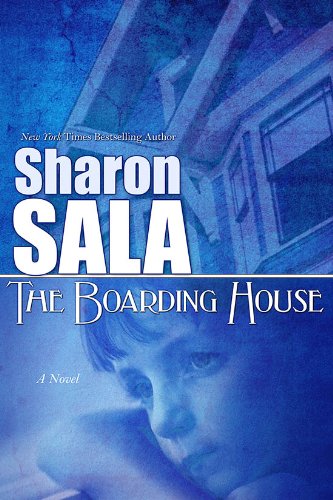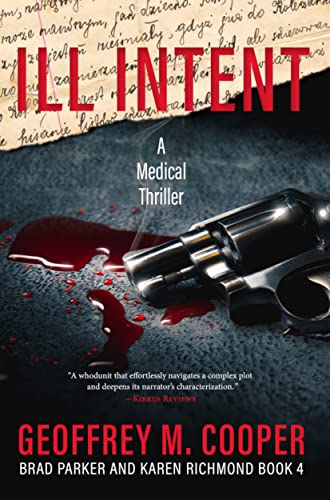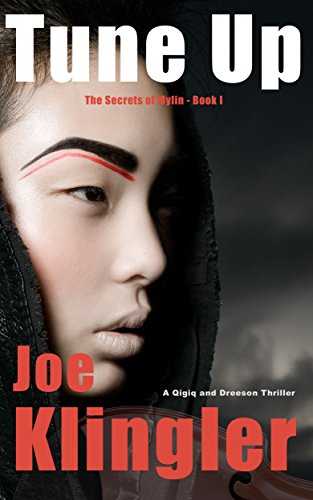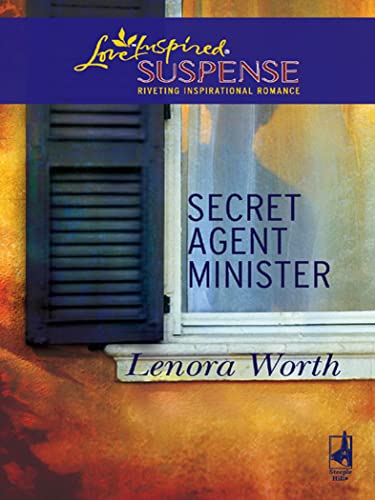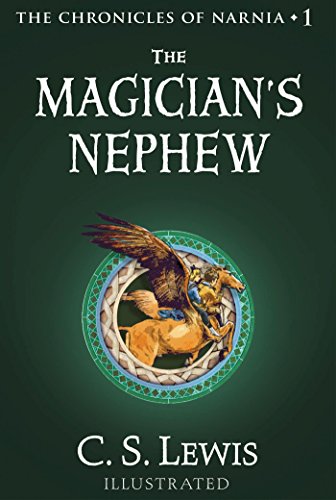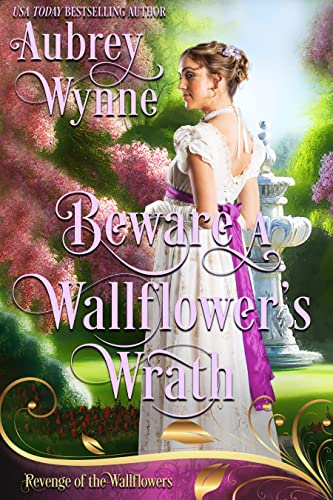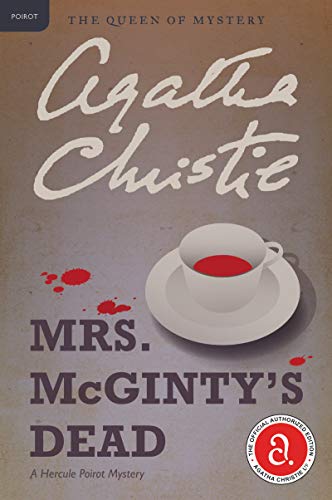Here’s the set-up:
“The main rule is simple. You are to be seen only in public with the lady. You are not to try to spend time alone with her. If you agree, you will have a beautiful woman for all of the right functions and be the envy of your peers.” Peter Mortimer agreed to Emily Washburn’s main rule….then broke it.
Now Scott Mawson, an itinerate mathematics teacher and amateur investigator has been hired to find out why Peter Mortimer, an Australian film director with the record for the shortest lifespan of any recipient of a Cannes Film festival leaf, stepped in front of a car just one hour and fifteen minutes after his brush with glory.
From the Author
I was once asked how I came to write my first book – “The Garden of Emily Washburn”.It was actually quite a difficult question as I didn’t actually set out to write a book. I know most people do. They slave over it, nurture it and some claim to suffer for it. I didn’t do any of those because Emily Washburn was small at birth. She began life as a short story called “The Rose,” which was written as part of a writers group exercise containing many stores of little black dresses. My idea for the story came from watching the Cannes film festival and seeing a beautiful woman on the arm of a man who had the head of a robber’s dog. Their pairing was so incongruous that I considered, paid escort aside, that the woman must be other than human. From this, the character of Jacqueline du Pre was born. The name, of course came from a wonderful cellist who just happened to have a beautiful white rose named after her. To balance the beauty of the rose, I looked at the other end of the spectrum and found an obese frump. This character became Emily Washburn.
The eclectic mix of little black dress stories was sent to a publisher with strings of hope attached. Alas, the strings were returned broken but there was a comment in the rejection letter indicating that “The Rose” had the potential to be the basis of a novel.
I had not considered turning the short story into a novel so, for some considerable time afterward, Emily languished in the forgotten spaces of a computer file. I didn’t even look at it again until I started getting feedback on stories that I was sending to friends from France and Italy when I was on a year-long sojourn. Each month I’d send an e-mail with three sections, namely, the good the bad and the quirky. It was the quirky that generated the feedback. The stories were about people, places and strange sightings.
When I returned to Australia I was encouraged by friends to try to turn my adventures into something publishable. For some reason I looked at writing a non-fiction narrative about the quirky and try to have them published in magazines as short stories After all, once you realise that a stale baguette attains the consistency of granite or that, in the middle of summer, a man can be seen strolling the street of Nice wearing an army greatcoat and leading his cat on a leash or that some people dress dogs up in bonnets and pinafores and wheel them around in prams, you will find that there is fertile ground for tales of the slightly odd.
I tried to write the events as short stories but they weren’t as amusing as I would have hoped so I looked at turning the stories into fiction and creating a narrative around the events. At that stage I wasn’t connecting the stories to the “The Rose” but seeing them as a combination of loosely linked separate events.
I returned to France and during this trip, in the town of Mazamet, I saw a woman who fitted my image of Emily. She was with a beautiful young woman and was berating a young man who had the hang dog expression of someone who would rather be elsewhere. From this chance sighting, the character of Scott Mawson was formed and I began to see the characters that I had written as Emily’s flowers and the narrative took shape. From that time I saw the novel and knew that it had to be completed.
Readers of the novel will find that “The Rose” still exists. It now forms the last chapter of the novel.
About the Author
Barry Dean is the fossilised remnant of a young boy born in 1949 in Lithgow. He has worked as a musician, electrician, construction inspector and engineer. When not writing he is an engineering consultant with a love of travel and old ruins. He lives at Lake Macquarie with his wife Theresa.
* * *
And here, in the comfort of your own browser, is your free sample of The Garden of Emily Washburn by Barry Dean:

